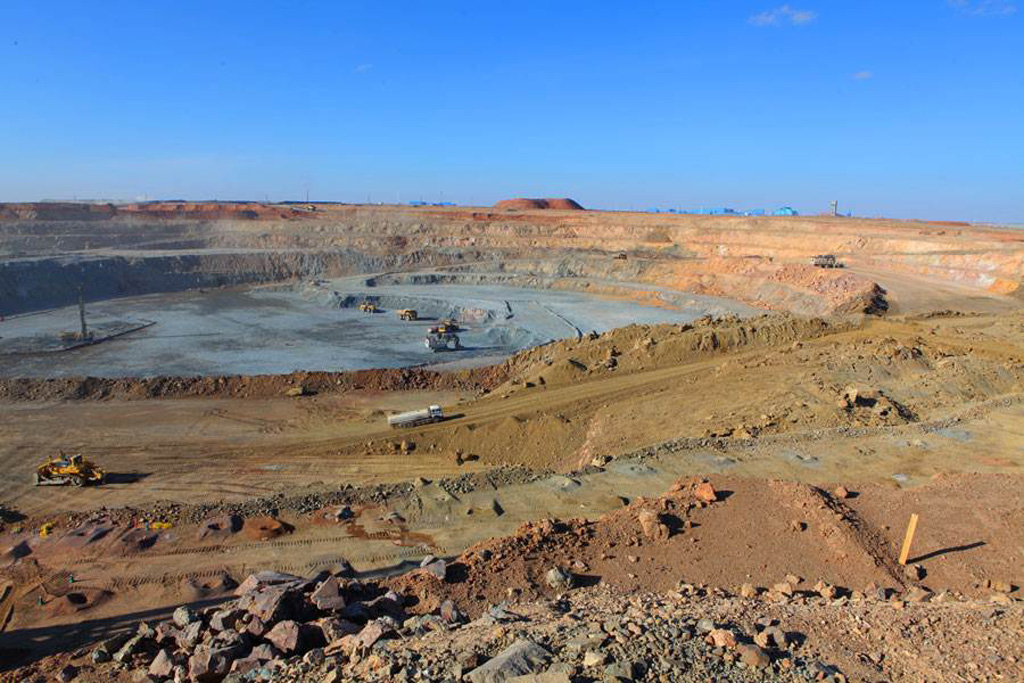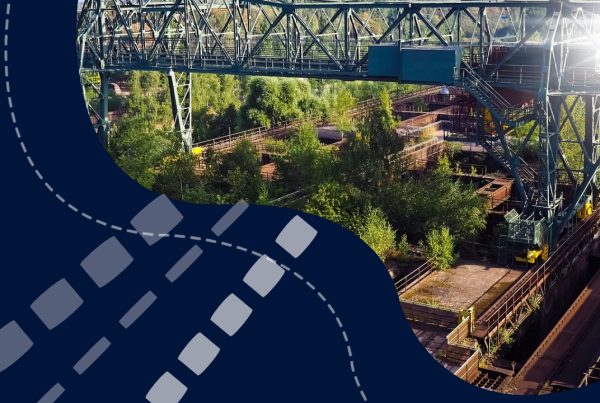Rio Tinto (RIO.AX) is facing scrutiny from investors over its water management practices at its mine
Home » News » Rio Tinto Faces Pressure From Investors Over Water Contamination Claims in Mongolia and Madagascar
Recommended For You
 Companies & Organisations
Companies & Organisations




